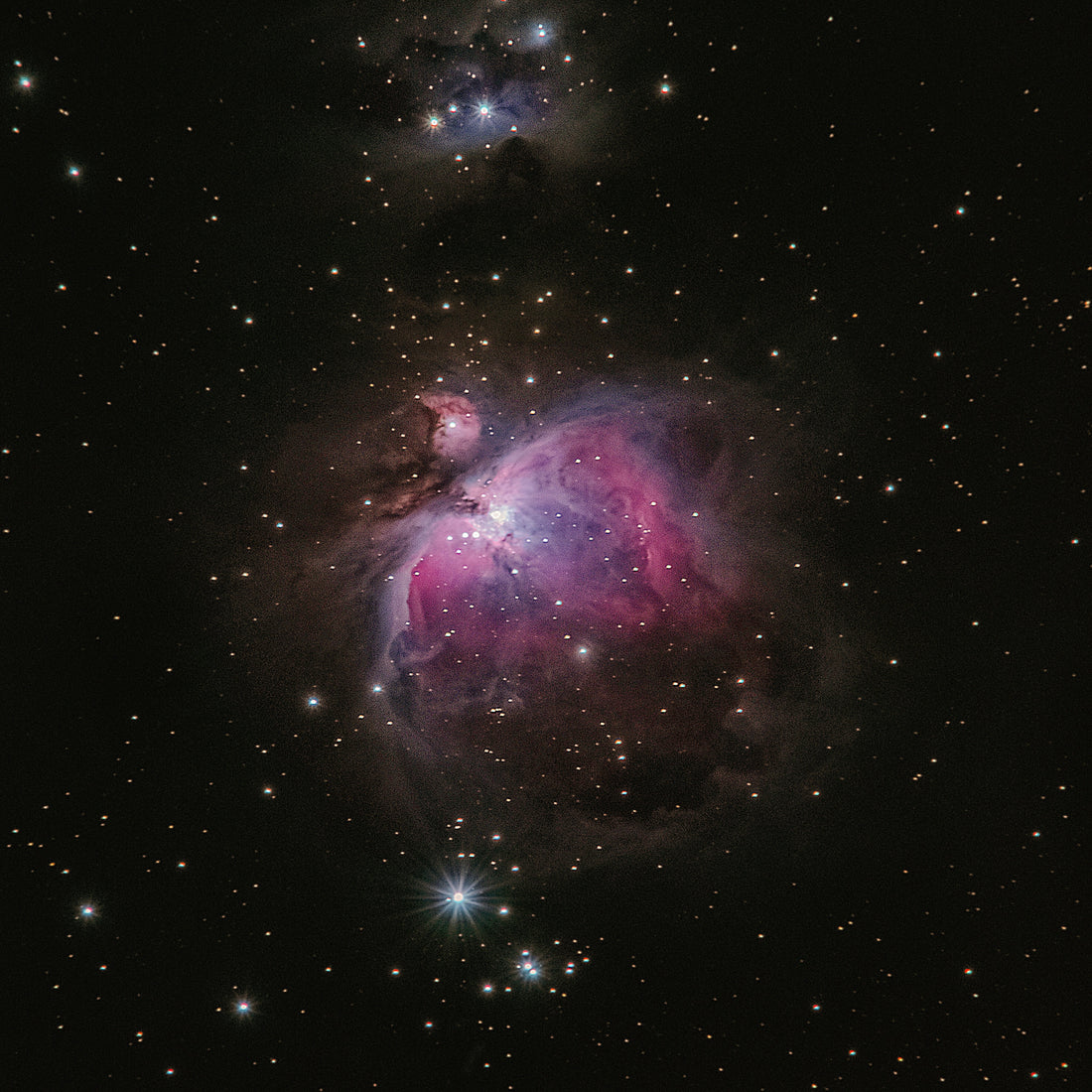As a photographer, you are always looking for inspiration and ways to improve your craft. One area of photography that is gaining more popularity is astrophotography - capturing the beauty of the night sky. Here are our top 12 astrophotography tips to help you capture stunning images of the stars, planets, and the Milky Way.
1. Research your location
Before heading out to take your astrophotography shots, research your location. Look for areas with low light pollution, such as national parks or remote areas. Websites like Dark Sky Finder can help you find dark-sky locations near you.
2. Check the weather conditions
Check the weather before you head out to take photos. Clear skies and minimal wind will provide the best conditions for astrophotography.
3. Use a sturdy tripod
A sturdy tripod is essential when shooting astrophotography. Even the slightest wind or vibration can ruin a long exposure photo. Make sure your tripod is stable and secure.
4. Use a wide-angle lens
Use a wide-angle lens, preferably with a low f-stop (ideally f/2.8 or lower). This will allow you to capture more of the night sky and let in more light to your camera sensor.
5. Focus on infinity
When shooting astrophotography, it's important to focus your lens on infinity. Use manual focus and the live view mode on your camera to ensure your stars and other celestial objects are sharp.
6. Experiment with different shutter speeds
Experiment with different shutter speeds, starting around 15-20 seconds. Longer shutter speeds will capture more light and stars, but may also introduce more noise into your images.
7. Use a remote shutter release
Using a remote shutter release eliminates the risk of camera shake when pressing the shutter button. If you don't have a remote shutter release, use your camera's self-timer function.
8. Shoot in RAW format
Shooting in RAW format will give you more control over the editing process and allow you to adjust things like exposure and white balance without degrading image quality.
9. Consider stacking your images
Stacking multiple images can help reduce noise and improve overall image quality. Software like Deep Sky Stacker can be used to stack images in Photoshop or Lightroom.
10. Don't be afraid to experiment with post-processing
Astrophotography often requires some post-processing to bring out the details in the stars and the Milky Way. Experiment with adjusting saturation, contrast, and highlights to find the right balance.
11. Plan your shot in advance
Plan your shot in advance, including the time of day, location, and subject matter you want to capture. Apps like Star Walk or SkyView can help you identify constellations, planets, and other celestial objects.
12. Be patient and enjoy the process
Photography is all about patience and enjoying the process. Take your time, experiment, and have fun with astrophotography. The results will be worth the effort.
Astrophotography can be an incredibly rewarding and challenging genre of photography. With these tips, you'll be well on your way to capturing stunning images of the night sky. Happy shooting!


